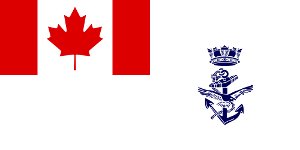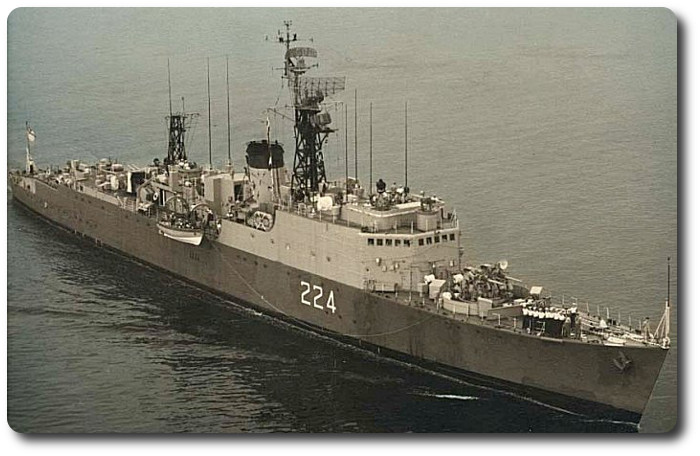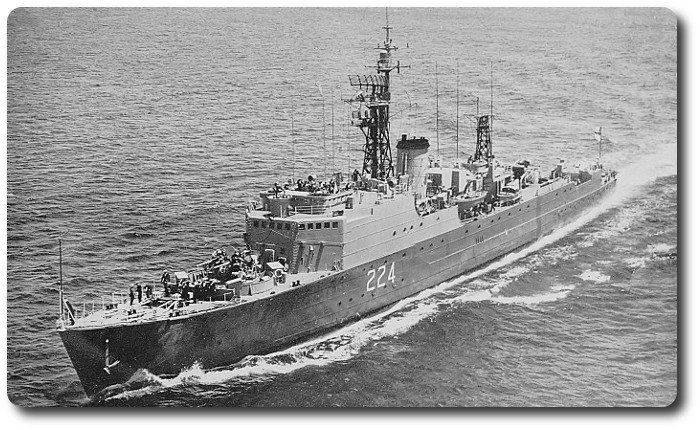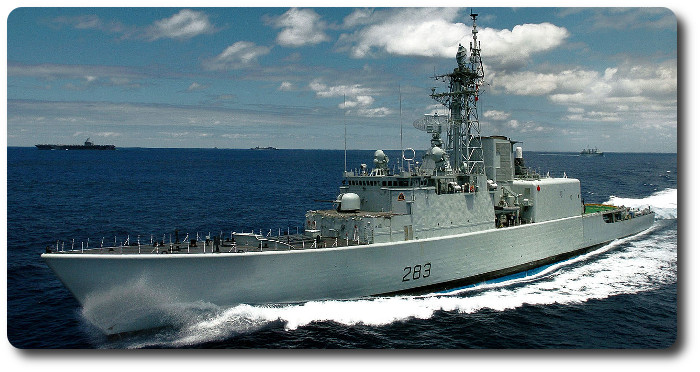Canada's Great War Naval Service
Topic: RCN
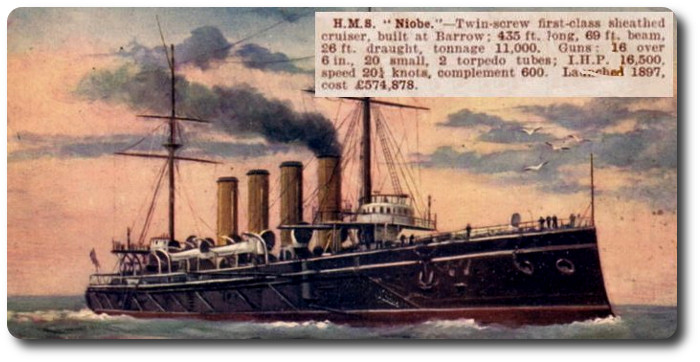
The Naval Service
Canada's Part in the Great War, 3rd Edition, Issued by the Information Branch, Department of External Affairs, Ottawa, May 1921
Cruisers
At the outbreak of war in 1914 the Canadian Government possessed only two naval vessels, the Niobe, a cruiser of 11,000 tons displacement, with a main armament of sixteen 6-inch guns, stationed at Halifax, and the Rainbow, a small cruiser of 3,600 tons displacement, armed with two 6-inch, six 4.7-inch, and four 12-pounder guns, stationed at Esquimalt, on the Pacific. The Rainbow, which was ready for sea, patrolled, with other ships on the Pacific stations, as far south as Panama, and captured several ships carrying contraband of war. After the entry of the United States into the war, she became depot ship on the Pacific coast. The Niobe was made ready for sea in September, 1914, and remained in commission one year, during which she steamed over 30,000 miles on patrol duty. She afterwards became depot ship in Halifax.
Smaller Vessels
At the beginning of hostilities, various small craft were taken over by the Naval Department from the Departments of Marine and of Customs, and were armed and manned from the R.C.N.V.R. for the performance of patrol duties off the Atlantic coast. Two submarines, which were bought just before the declaration of war, patrolled the approached to Victoria and Vancouver and helped in keeping Admiral von Spee's squadron away from the Pacific ports. H.M. sloop Shearwater was taken into the Canadian service as mother ship to these submarines and, in the summer of 1917, these the vessels went, by way of the Panama canal, to Halifax.
Trawlers And Drifters
A patrol and mine-sweeping service was carried on after the outbreak of war. The vessels used first were Government and privately owned vessels which were taken over and equipped for the purpose. Some of these were placed at the disposal of the Government free of charge. Early in 1917 the Department of the Naval Service undertook to have 60 trawlers and 100 drifters built in Canada for the Imperial Government. These vessels were built at various places on the St. Lawrence and the Great lakes; many of them were in service in Canadian and European waters in the year 1917, and all were in service in 1918.
The area patrolled under the Department stretched from the straits of Belle Isle to the Bay of Fundy, and from Quebec to east of the Virgin Rocks. Within this area the Department had control of patrols, convoys, mine-sweeping, the protection of fishing fleets, etc. only one large vessel was lost by enemy attack in this area.
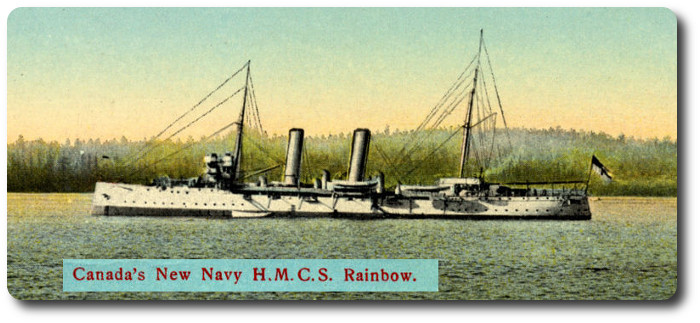
At the date of the armistice the vessels in the Canadian Naval Service were as follows:—
On The Pacific
H.M.C.S. Rainbow, depot and training ship; H.M.S. Algerine, sloop; auxiliary patrol ship Malaspina; several motor launches tor harbour defence.
On the Atlantic
H.M.C.S. Niobe, depot and training ship; H.M.C.S. Shearwater, submarine depot ship, and two submarines; H.M C.S. Grilse, torpedo-boat destroyer; nine auxiliary patrol ships, forty-seven armed trawlers, fifty-eight armed drifters, eleven armed mine-sweepers and tugs, and a large flotilla of motor launches.
Personnel
The crews of these vessels consisted of men from all parts of Canada, principally members of the Royal Canadian Naval Volunteer Reserve. At the date of the armistice the personnel of the service was:—
- Officers and men of the Royal Canadian Navy, 749.
- Officers and men of the Royal Canadian Naval Volunteer Reserve, 4,374.
Naval College
Canada is fortunate in the possession of a small but excellent Naval College. More than 50 officers who passed out of the College as cadets served in either the Imperial or Canadian Navy. Many of them have gained distinction, and four lost their lives in the battle of Coronel.
Canadians in the Imperial Naval Forces
In addition to the men serving on Canadian vessels, over 1,700 men were recruited in Canada for the Imperial Navy, 73 Surgeon Probationers and a number of Hydrographic Survey Officers were sent from Canada, and 580 Canadian enrolled as Probationary Flight Lieutenants in the Royal Naval Air Service, before recruiting for the Royal Air Force began in Canada. More than 500 Canadians holding commissions in the Royal Navy Volunteer Reserve were in the British Auxiliary Patrol and similar services.
Naval Air Service
The Royal Canadian Naval Air Service was established in the summer of 1918, with stations at Halifax and North Sydney. It co-operated with the United States Naval Aviation Corps in patrolling the coast and escorting convoys through the danger zone.
Wireless Service
The Canadian Radiotelegraph Service controlled about 200 stations ashore and afloat. Several new stations were erected or taken over by the Department of Naval Service, and there was an unbroken chain of radio communication from St. John's Newfoundland, to Demerara. The Department opened a training school for wireless operators, from which about 200 men were sent out for service in all parts of the world.
Dockyards
Important refitting, repairing and supply work was done ny Canadian dockyards. Large refits of Imperial and other ships were made at Esquimalt, including H.M.S. Kent, after the battle of the Falkland Islands, and the Japanese Battleship Asama, after grounding the coast of lower California. Several large cruisers were refitted at Halifax and Montreal. Other work included the defensive armament of merchant ships, the refitting of transports for troops, horses, and special cargo, and the loading and securing on ships' decks of 600 launches, tugs, etc., of large size.
The Halifax dockyard was seriously damaged by the explosion in the harbour on December 6, 1917, but immediate steps were taken to enable the services of the yard to be carried on.
Stores
The Canadian Naval Service provided supplies for the ships of the Royal Canadian Navy and for a number of Imperial and Allied ships in Canadian waters, as well as many of the requirements of H.M. dockyards at Bermuda and Hong Kong. Large supplies were shipped from Halifax dockyard for provisioning the fleets in European waters. A large coaling depot was established at Sydney for the use of patrolling vessels and of all convoys leaving the St. Lawrence.

Posted by regimentalrogue
at 12:01 AM EDT

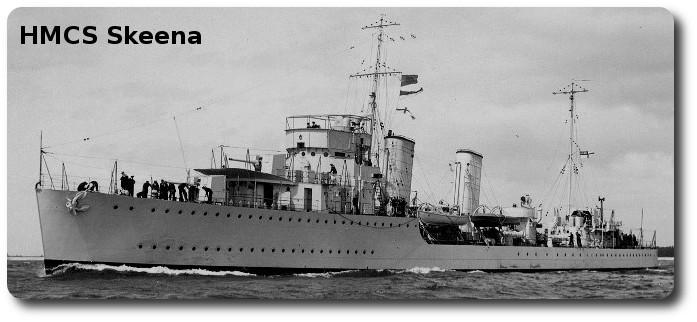


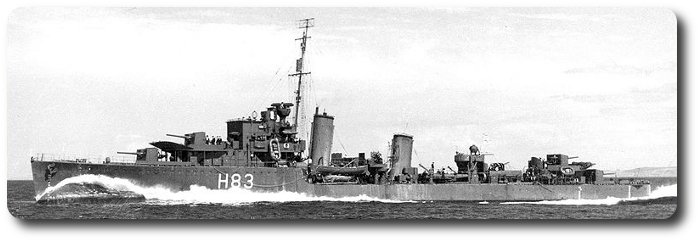

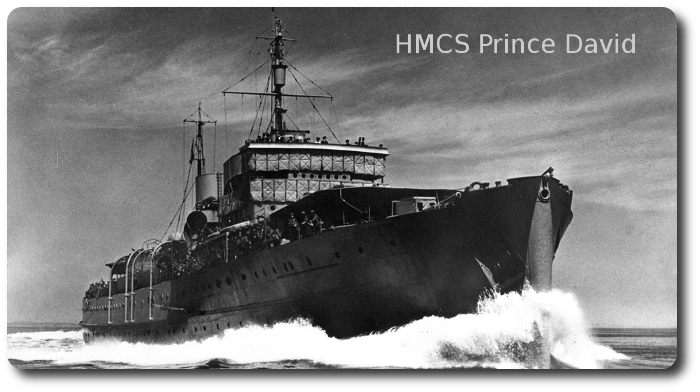

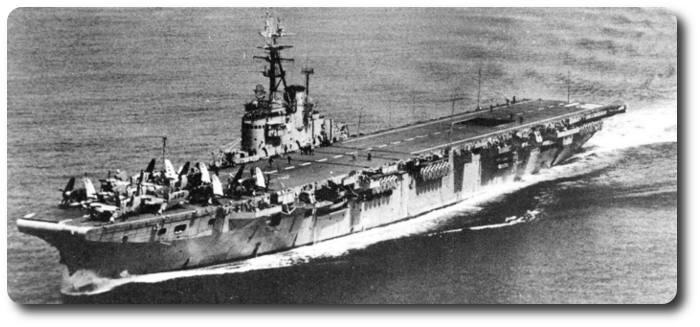




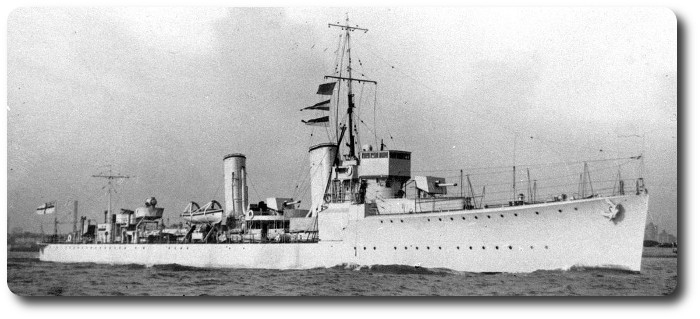
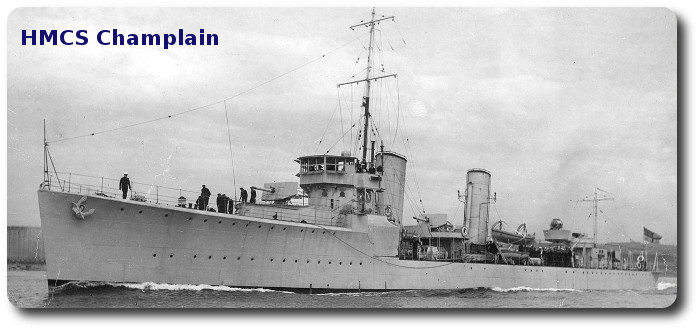
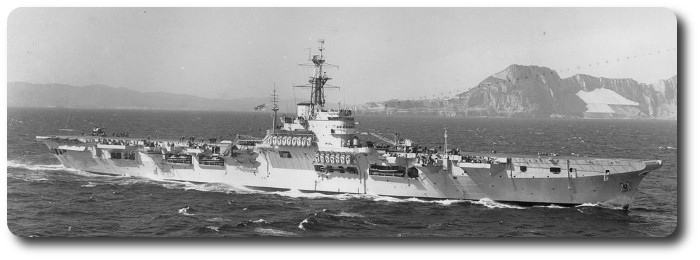
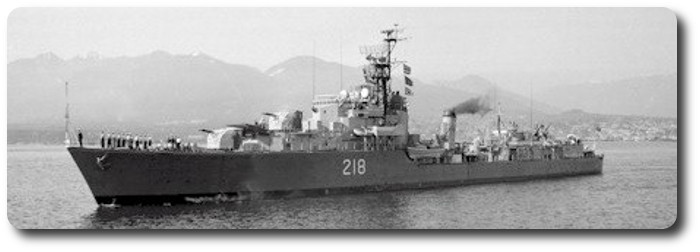
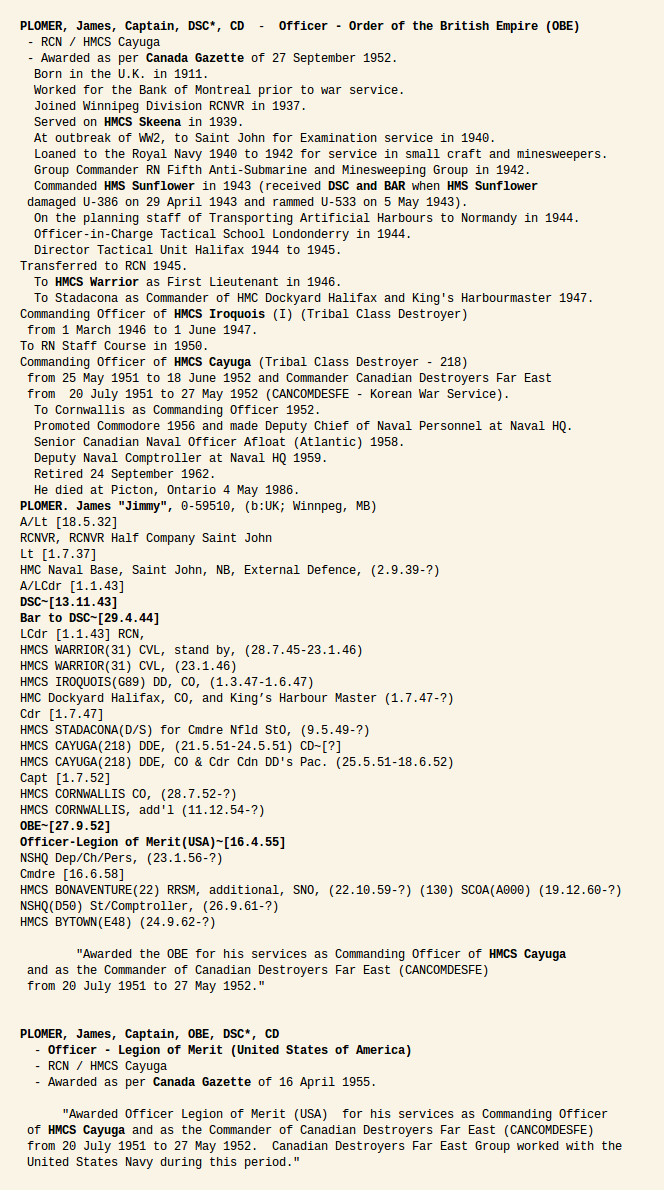
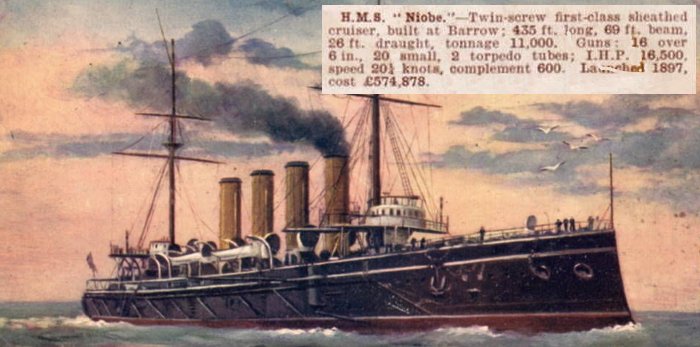
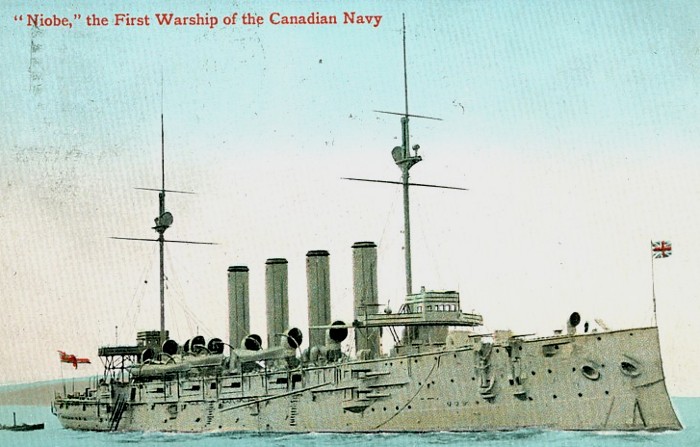
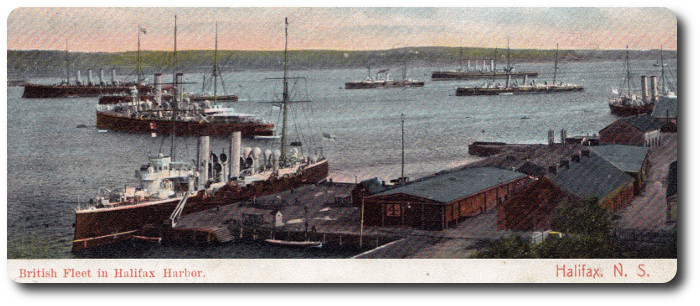
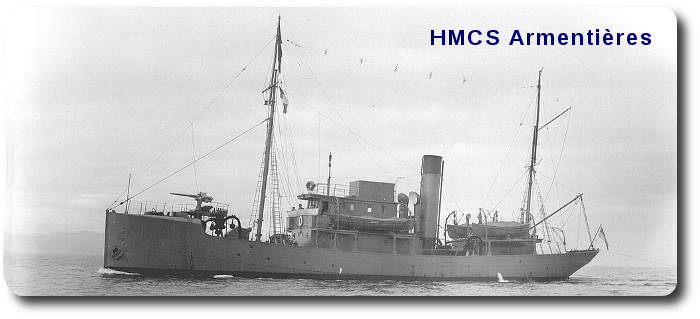
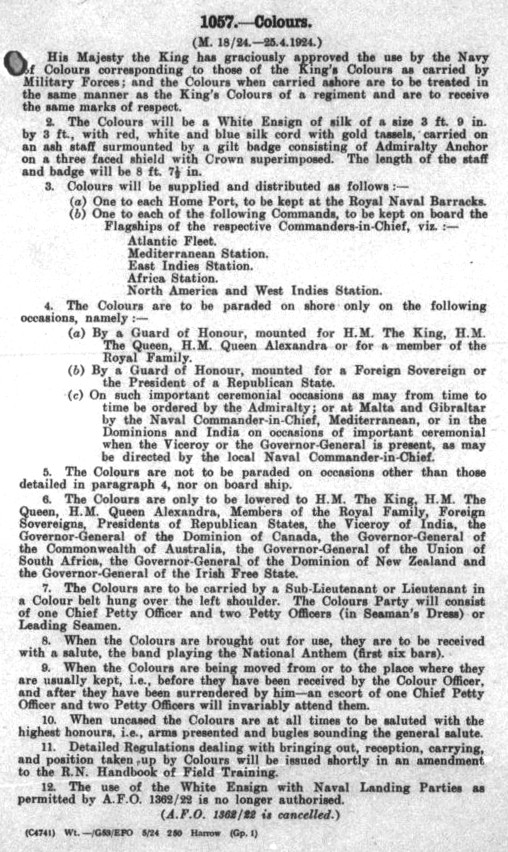
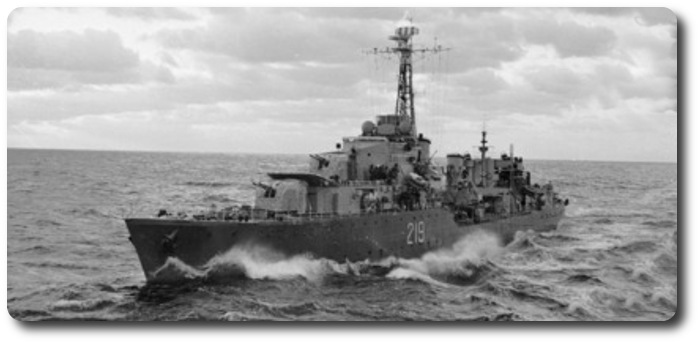
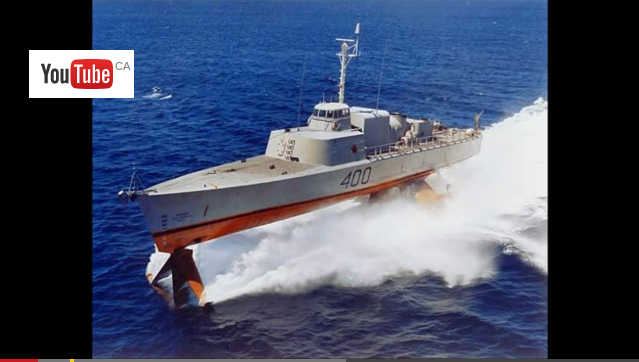
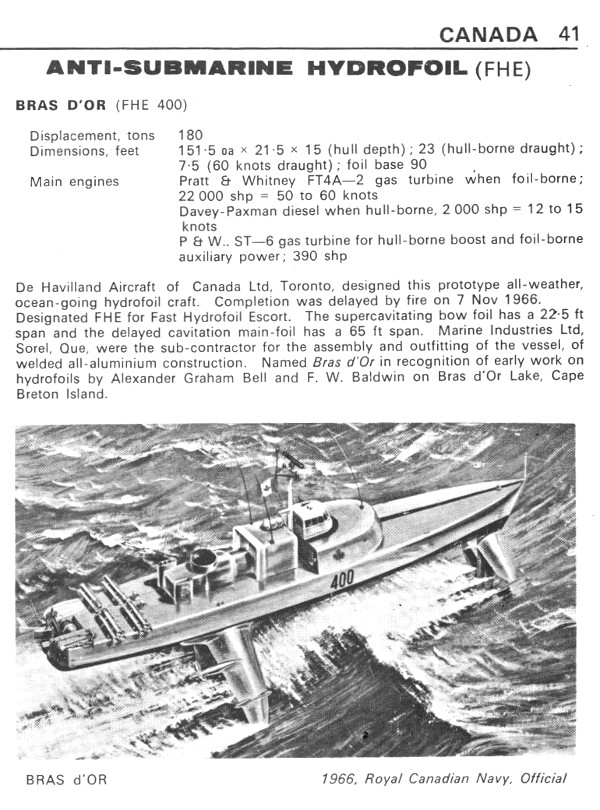
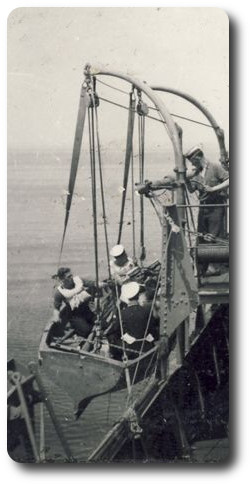 Ottawa, Jan. 22.—AP—The
Ottawa, Jan. 22.—AP—The 